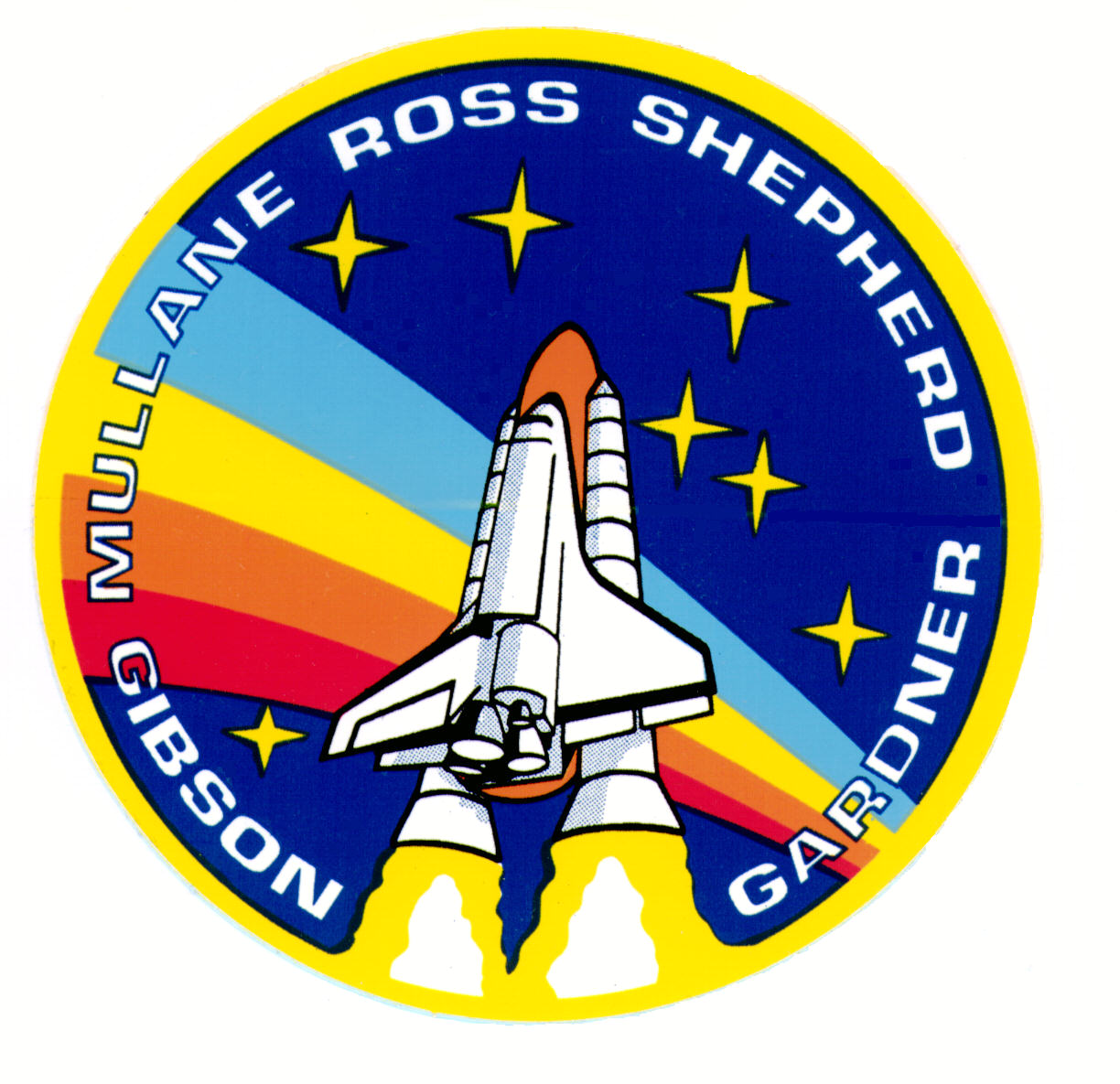I missed two space anniversaries this weekend, because I spent most of the time finishing a short story and most of the rest of the time either at church or preparing for the worship services. (Excuses, excuses.)
First, the space anniversaries I missed:
– Ten years ago Saturday — March 28, 1999 — Sea Launch launched their “DemoSat,” essentially a ballast-filled “dummy” spacecraft, from the Odyssey launch platform, a converted North Sea oil drilling platform. I had the pleasure of sailing on the Odyssey three years later for the launch of the Galaxy III-C spacecraft.
– Thirty-five years ago yesterday — March 29, 1974 — Mariner 10 made the first flyby of Mercury.
As for the near-disaster, Spaceflight Now ran a CBS News story Friday in which Robert “Hoot” Gibson recalled details of the damage sustained by the shuttle Atlantis on mission STS-27, which launched on December 2, 1988. The shuttle received more damage than on any other mission, and the crew worried that they might not survive re-entry. It’s a frightening story of miscommunication: the classified military mission was conducted under a communications blackout, so when the crew sent video of the damaged areas the encryption degraded the images so much that NASA engineers didn’t believe there was a real problem.
I checked into the mission a little more, and when I saw the mission patch this story became even more compelling to me. I didn’t realize it when I posted the space anniversary of the launch, but when Atlantis landed at Edwards AFB I was on duty as part of the AF Flight Test Center recovery team. We, of course, knew nothing about the damaged tiles or how close that shuttle came to not making it back at all.

(STS-27 mission patch. Click to enlarge.)







